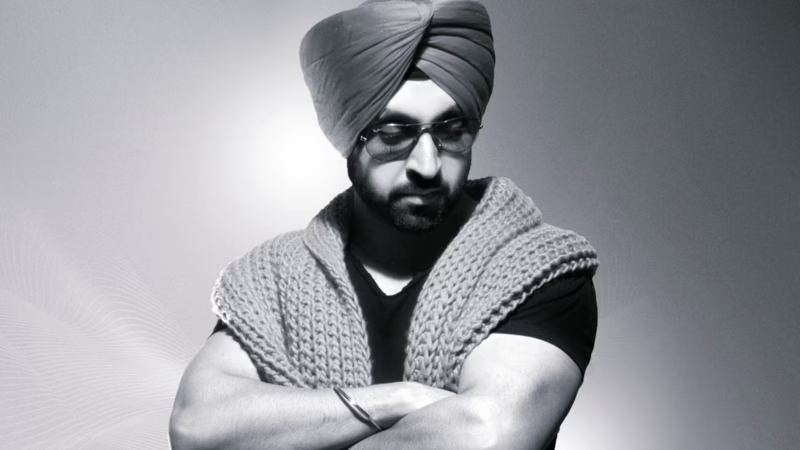Cinematography techniques and trends play a vital role in the storytelling process of any cinema. It is the art of capturing moving images in a way that enhances the narrative. In Indian cinema, cinematographers use a mix of traditional and modern techniques to create visually appealing films. Their work shapes the emotions, mood, and overall experience of the audience.
The Evolution of Cinematography in Indian Cinema
Indian cinematography has evolved significantly over the decades. In the early days, filmmakers relied on natural lighting and limited camera angles. Today, advancements in technology have opened up new possibilities. Indian films now use a range of innovative techniques that match global standards. Cinematographers blend creativity and technology to craft memorable scenes.
Essential Cinematography Techniques in Indian Films
Indian cinematographers use various techniques to bring stories to life. Some of the key methods include:
1. Lighting
Lighting is a crucial aspect of cinematography. It helps in setting the tone and mood of a scene. Cinematographers in Indian films often use soft lighting for romantic scenes. For dramatic moments, they employ hard lighting and shadows. Films like Lagaan (2001) and Barfi! (2012) showcase exceptional use of lighting to enhance emotions.
2. Camera Angles
Different camera angles add depth to storytelling. High-angle shots make characters appear vulnerable, while low-angle shots give them power. Indian films like Sholay (1975) and Baahubali (2015) effectively use these techniques. Cinematographers use close-ups to capture the actors’ emotions and wide shots to establish the setting.
3. Camera Movements
Camera movements can greatly influence how viewers perceive a scene. Indian films often use tracking shots to follow a character’s journey. Cinematographers use crane shots to capture large landscapes, creating epic visuals. One example is the opening scene in Dil Se (1998), where sweeping aerial shots establish the dramatic mood.
4. Color Grading
Color grading helps create a unique look for each film. In Indian cinema, vibrant colors are often used to reflect culture and tradition. Movies like Devdas (2002) and Padmaavat (2018) showcase stunning color palettes. These choices add richness and depth to the visuals, making the scenes more impactful.
5. Slow Motion and Time-Lapse
Indian films use slow motion to heighten dramatic moments. Time-lapse shots, on the other hand, show the passage of time in a compressed manner. Dhoom 2 (2006) uses slow motion effectively in its action sequences. Tumbbad (2018) utilizes time-lapse to create an eerie atmosphere.
Cinematography Trends in Indian Cinema
With the growth of digital technology, Indian cinematography has witnessed new trends. Some of these trends have significantly changed how Indian films look and feel today.
1. Use of Drones
Drones have revolutionized aerial cinematography in Indian films. They allow filmmakers to capture stunning landscapes without heavy equipment. Films like Baahubali (2015) and Uri: The Surgical Strike (2019) use drones for sweeping aerial shots. These shots provide a grand visual experience to viewers.
2. Digital Cinematography
With digital cameras becoming more affordable, many Indian filmmakers have shifted to digital cinematography. This change allows for greater flexibility and creative control. Digital cameras enable cinematographers to experiment with new techniques. Movies like Gully Boy (2019) and Article 15 (2019) are examples of digital filmmaking that retains a raw, real look.
3. High-Definition (HD) and 4K Resolution
The rise of HD and 4K cameras has improved the quality of visuals in Indian films. Viewers now expect sharper and clearer images. Cinematographers like Santosh Sivan and Ravi Varman use these technologies to create crisp and vibrant scenes. These advancements allow for greater detail in visuals, adding to the immersive experience.
4. Minimalism and Naturalism
Some modern Indian films have adopted a minimalist approach to cinematography. They focus more on realism and natural lighting. This style can be seen in films like Masaan (2015) and Newton (2017). The use of simple techniques brings authenticity to the storytelling process.
Resources for Aspiring Cinematographers
For those interested in cinematography, many online resources offer valuable information. Websites like No Film School provide free tutorials on filmmaking techniques. Cinematography.com is another excellent resource for learning the craft.
The Future of Cinematography in Indian Cinema
The future of Indian cinematography looks bright. As technology advances, filmmakers will continue to push boundaries. Virtual reality (VR) and augmented reality (AR) may soon play a bigger role in Indian films. These technologies will offer new ways to tell stories. Cinematographers will have more tools to experiment with, creating immersive and dynamic visuals.
Additionally, as Indian films reach global audiences, cinematographers will continue to adopt international trends. However, they will also retain the unique elements of Indian culture and storytelling.
Conclusion
The art of cinematography in Indian films combines creativity, technology, and culture. From lighting and camera movements to digital advancements, cinematographers use various techniques to enhance the visual experience. As trends like drone usage and digital filmmaking continue to grow, Indian cinema will keep evolving. The future holds exciting opportunities for cinematographers, offering even more innovative ways to tell stories.
To learn more about Indian films and filmmaking trends, visit FilmsnMinds, your go-to platform for film reviews and insights.
Useful Resources:
#Indiancinemacinematography #CinematographytechniquesinIndianfilms #Moderncinematographytrends #Indianfilmlightingtechniques #CameramovementsinIndiancinema #CinematographyinBollywood #CinematicstorytellinginIndianfilms #DronecinematographyinIndianmovies #ColorgradinginIndianfilms #Indianfilmcameraangles #DigitalcinematographyinIndia #EvolutionofIndiancinematography #HDand4KcinematographyinIndiancinema #CinematographersinIndianfilms #FilmmakinginIndiancinema










